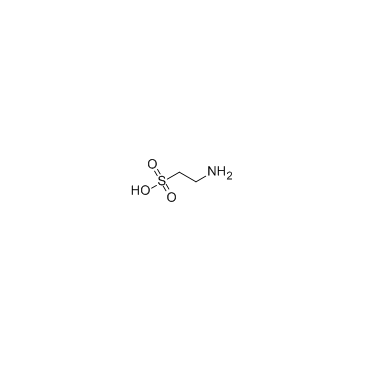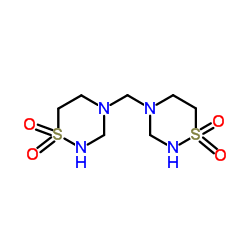| 结构式 | 名称/CAS号 | 全部文献 |
|---|---|---|
 |
牛磺酸
CAS:107-35-7 |
|
 |
牛磺罗定
CAS:19388-87-5 |
| 结构式 | 名称/CAS号 | 全部文献 |
|---|---|---|
 |
牛磺酸
CAS:107-35-7 |
|
 |
牛磺罗定
CAS:19388-87-5 |